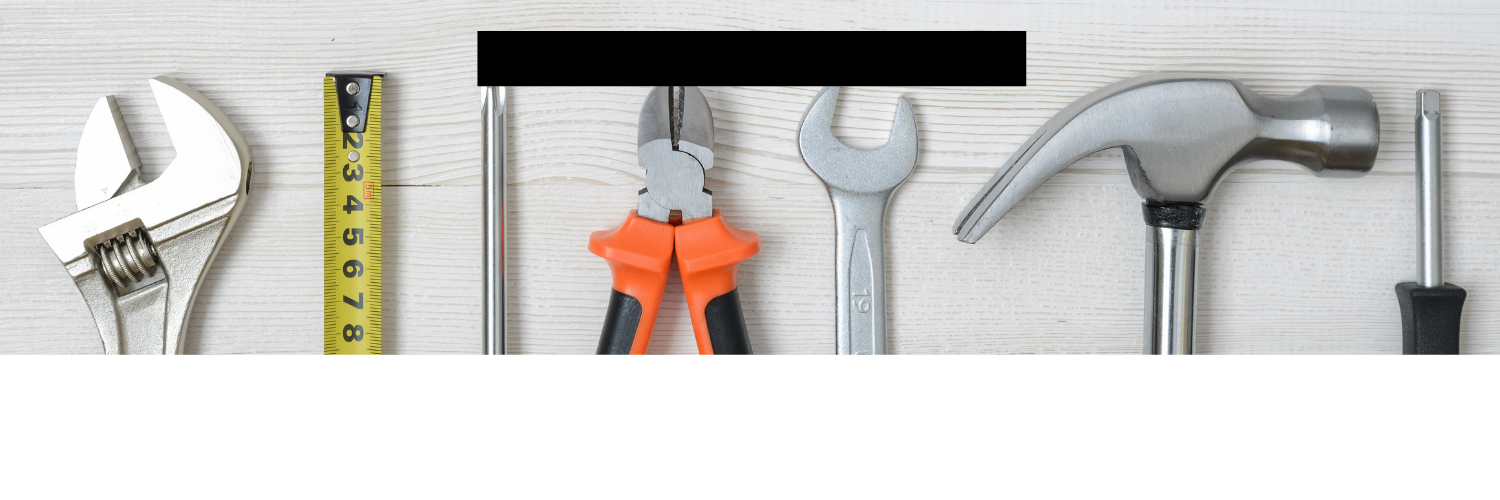If you strike yourself as someone who loves to get their hands dirty and can’t wait to dig into new projects, then renovating an old house or a historic home is probably a dream for you.
Getting the chance to do something like this, whether it is for yourself or someone else, is a great opportunity to bring the old world into the new world.
However, before you dive into a new construction with an old house, you need to factor in a few things first so that you can go into it with your eyes open and aware of the challenges you may face, e.g. dealing with lead paint and tackling previous renovations.
Always make sure that you get the go-ahead from your local planning authority before taking a sledgehammer to your walls so that you have official approval and can start with what you have planned.
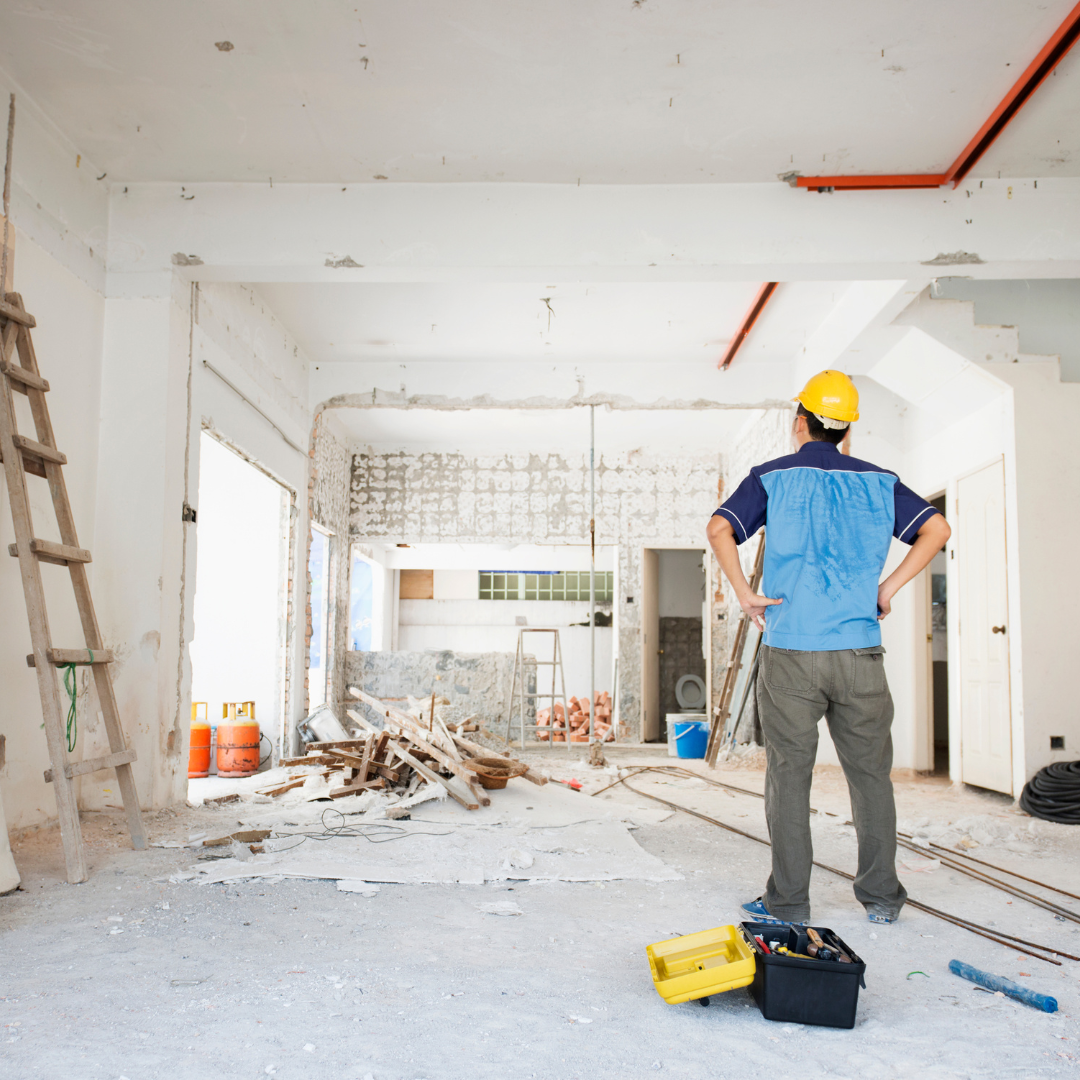
Should You Renovate an Old House?
It is a pretty basic thing to ask yourself before you decide on going forward with the renovation, but are you sure that you should renovate an old house?
If you are 100% sure that you want to go ahead with this then perfect as old houses are sturdy homes that also have an elegance that quite a few modern homes do not have nowadays.
Older houses show the historic architecture, handcrafted period features, original windows, and classic interior spaces that people still love to this day.
There Are Some Issues That Will Come Up
Whilst this may be a huge draw-in for people who want to renovate historic houses, there are still problems with these homes that can be from small repairs to pretty big ones.
For instance, you may find the house to be connected through knob and tube wiring, which, despite the fact it is still accepted, is not really ideal for modern living as it can damage your electronics.
This could be seen as a pretty big job to get underway, especially if you want to make your home energy efficient to save money.
Do it For The Right Reasons
Whatever you decide, make sure that you have the means to get it done as well as the money.
You do not want to find out halfway through the project that you can’t get your hands on the right building materials, or that you can’t find someone in your price range to restore period features.
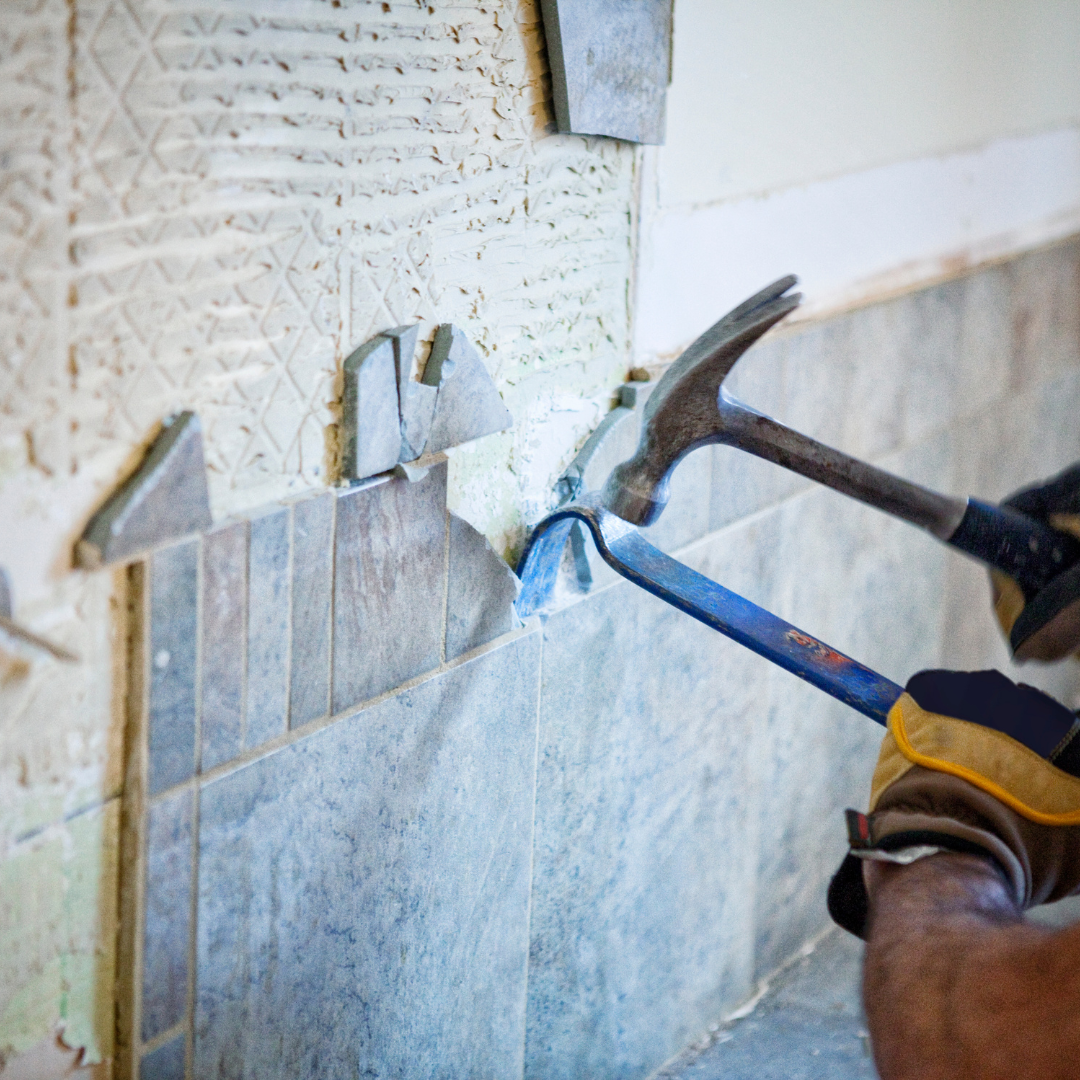
Getting Started With Your Remodel
Still want to go ahead? Fantastic! Now that you know you want to do this, there are some steps that you have to put in place before making your move.
Have The Old House Assessed
You will need to speak to a surveyor to come to your property and look it over and see if there are any issues that you can fix, or if it seems like a lost cause.
Do not sign any papers before getting it assessed as you could be looking at losing a lot of money if the surveyor comes back and tells you that going ahead with this home renovation will not be worth it in the long run.
Figure Out What Finances You Will Need
Once they have told you what will need to be looked into, you can figure out how much this is going to cost you.
For example, re-doing the wall coverings with fine glass filaments (they are non-toxic and better for your health) or calculating how much it will be to replace the damaged masonry units with whole units could be pricey, but if they are essential, then they have to be a priority. Considering the potential cost involved in these necessary renovations, homeowners may explore options such as applying for a renovation loan. This type of loan (find out how renovation loans compare to other home loans) can provide the necessary funds to cover the expenses associated with these improvements, ensuring that homeowners can prioritize their health and safety without compromising their financial stability.
You will be able to see exactly what you need and how you can do it, mixing historic homes with a modern scheme can make a home unique.
You Can Keep Some Features
When renovating an old house, it is crucial to preserve certain unique and irreplaceable elements, such as intricate wall carvings, as they add distinctive character and historical value to the property.

Look Over Your Home’s Floor Plan
Before diving in, you need to think about the floor plan you have for your home and what vision you have when you think about the end result.
Walk around the entirety of the house with a pen and pad and do a little sketch or list of the rooms with what you think would look best in them individually and how you want that to tie the home together.
What Alternatives Could You Use?
For instance, if you notice that in your dining room, you do not have enough natural light, and you don’t have it in your budget to knock down the outside wall and create a new window, you could look at installing a light tube which funnels in natural light from the roof.
It fits in between the roof rafters and will be a lot less expensive and invasive.
If you want to save money and keep within your budget, always look at alternatives to what you want to do.
Renovating an old house is a pretty big project, so put your focus on what you can change and what you would like to keep.
It would be wise to hire someone who knows all about historic preservation and can help you see what would work best.
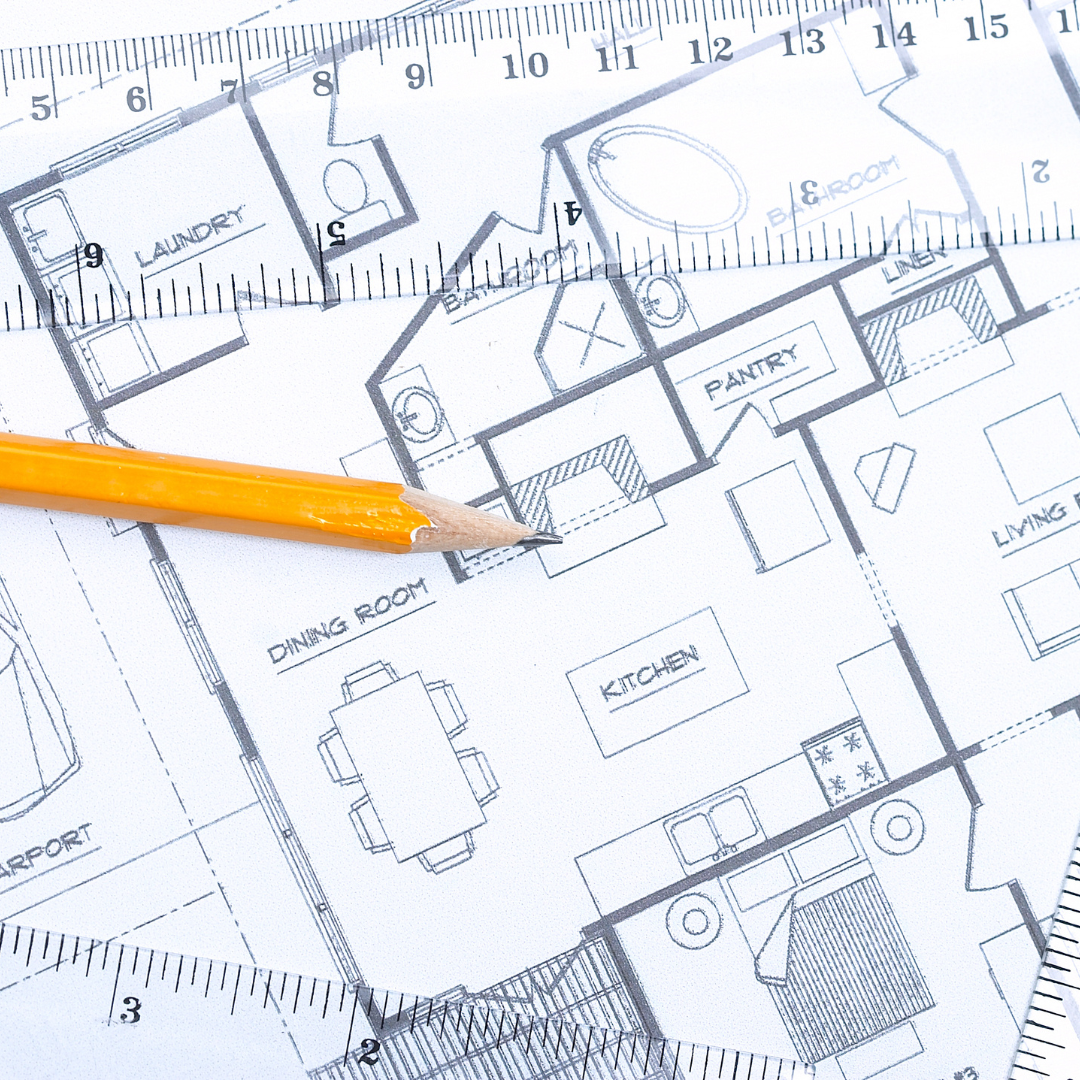
Speak With an Architect
Now that you have your vision and plan set out in front of you, as well as planning permission, you may find it useful to consult with an architect who has a background in historic buildings so they can advise you on what to do.
This is a very big project to take on, you are more than likely not able to tackle this completely on your own.
So, talk to an architect and relay your specific needs to him. Let him know whether you want steel doors and windows (from the likes of empire steel) in the house, a change of floor plan, or a bigger kitchen. Ask him to provide you with a detailed plan, budget, and timeline for the project.
Speaking to professionals will stop you from worrying about messing up the whole house or overthinking the worst-case scenario. They can help you with the entire process as well as hiring people and keeping you in the loop of what is going on with the construction.
You can also ask your architect whether you can consider the idea of adding a sunroom. It can serve multiple purposes, such as a cozy reading nook, a place to enjoy indoor plants year-round, or even an extra dining area with a view of your garden. Additionally, a sunroom can be a wonderful way to infuse your outdoor space with abundant natural light and create a warm, inviting atmosphere. If your architect approves of the idea, search for sunroom contractors in San Jose or wherever you stay to install this delightful addition to your home.

Look into Structural Issues & Repairs
There will be issues with the old foundation in these types of houses, so you are going to need to tackle this straight away before putting in anything new. One approach is to engage the service of a structural engineer to evaluate the existing issue and recommend an appropriate resolution for the damaged foundation.
On a similar note, it is also possible that you may have a roof that is damaged or leaking and requires immediate attention. In this case, it would be wise to enlist the services of a roofing firm such as KY-KO Roofing, which can help you with the task of replacing or repairing the damaged roof.
Like foundation and roof issues, there could be a cracked wall, warped floor, the list goes on.
The surveyor should tell you exactly what is wrong as they have done a thorough sweep, so you will need to take this list and hire the right people to fix the issues.
Do Your Research
Do not just hire the first person who gives you a quote, you could find others out there that are a lot better at handling what you need.
Going for the cheapest quote does not mean you will save money in the long run, it could mean that you will have to spend more in the future to fix their mistakes.
Look around and check out different companies/individuals to see what they can do for you.
It makes sense to vet them before signing them on, especially with something as delicate and intricate as this.

Make Updates to The Plumbing & Electrics
This is a very important thing to do when you are working with a home renovation, you may come across old plumbing problems that don’t fit in with the modern world.
The standards of the electrics and plumbing are not really acceptable anymore, so you will need to have those taken out and replaced with updated versions.
Take a look at the wiring and the main panel in the home as well as any electrical fixtures.
Getting rid of these old things will not only make your home more energy efficient, but it will also make your home safer for you and your family.
If you have galvanized steel for your pipes, you need to get those changed to copper. The old pipes will get blocked if they aren’t already, and that will cause even more issues.

What to do After The Renovation?
Once you have completed the renovation, changed what you needed to, and restored any features that you wanted to keep, now is the time to put the finishing touches to your home.
What do You Want it to Look Like?
Decide what color you want to paint the house, what handles you want, the curtains, the furniture, tables, etc., all of this can reflect your modern style, but you have to factor in the history of the house too, and how you can work with that.
You bought an old house for a reason, so adding historic features to your home will turn it into exactly what you need.
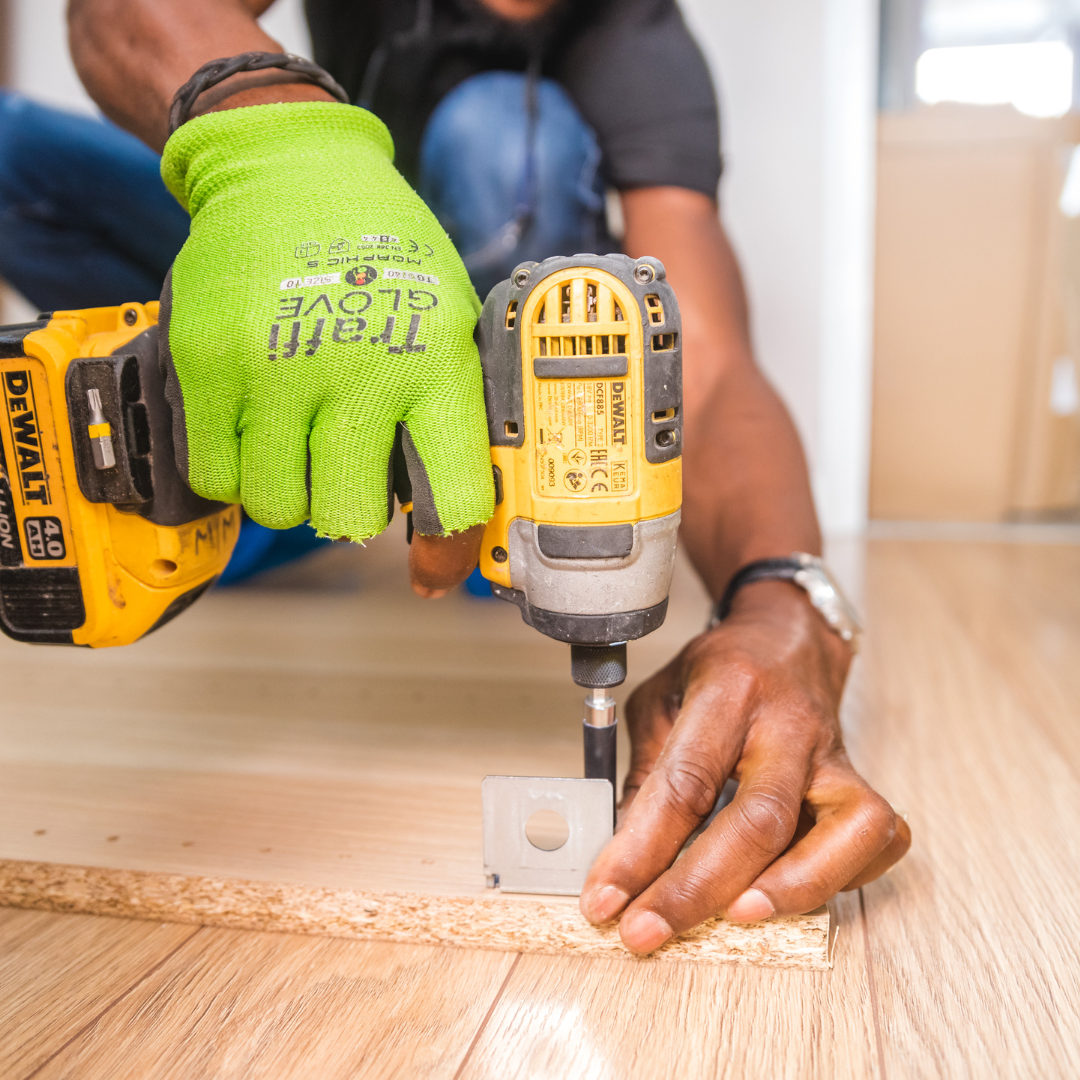
Conclusion
Are you happy knowing how to renovate an old house? If so, then you are on your way to making something that you are proud of.
This is not going to be easy and you may find yourself coming up against a few roadblocks along the way, but if you persevere and you truly believe you can create something new from this, then keep going as it will be worth it in the end.
